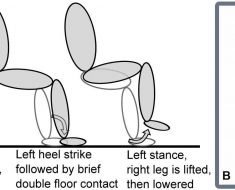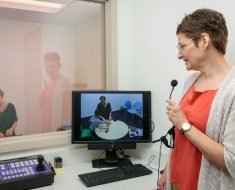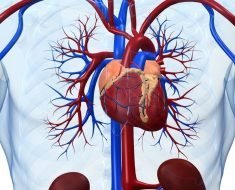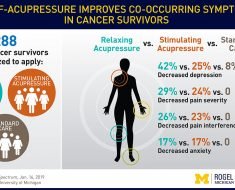Atherosclerosis, (ath-er-o-skler-O-sis) comes from the Greek words athero – meaning gruel or paste and sclerosis meaning hardness – and is a hardening of the arteries – it is the most common cause of heart disease.
Precisely what causes atherosclerosis remains unknown, but research suggests that atherosclerosis is a slow, complex disease which may start in childhood and as people age, it develops faster.
Atherosclerosis causes plaque to accumulate on the inner walls of arteries, the blood vessels which carry oxygen-rich blood throughout the body, and as the artery walls thicken, the pathway for blood narrows and this can decrease or block blood flow through the body.
The plaque build up is the result of high levels of cholesterol, fat, calcium, and other substances in the blood – high blood cholesterol levels increase the likelihood that plaque will build up on the artery walls – this process begins in the majority of people when they are children or teenagers and worsens as they get older.
As a rule atherosclerosis does not cause symptoms until an artery becomes narrowed or blocked, once this happens symptoms may include angina and cramping leg pain when walking – when the flow of oxygen-rich blood to organs and other parts of the body is reduced. serious problems, including heart attack, stroke, or even death can result.
Diseases Associated with Atherosclerosis
Atherosclerosis can affect any artery in the body, including arteries in the heart, brain, arms, legs, and pelvis and as a result, different diseases may develop based on which arteries are affected, such as coronary artery disease, carotid artery disease and peripheral arterial disease.
Coronary artery disease (CAD) or heart disease occurs when plaque builds up in the coronary arteries which supply oxygen-rich blood to the heart – when blood flow to the heart is reduced or blocked, it can lead to chest pain and heart attack – CAD is the leading cause of death in the United States – the symptoms of CAD are shortness of breath and arrhythmias (irregular heartbeats).
Angina, heart attack (Myocardial Infarction), Stroke (Cerebrovascular Accident), Transient Ischemic Attack (TIA) or mini-stroke and Peripheral Vascular Disease (Peripheral Arterial Disease) are also linked to atherosclerosis.
Angina is chest pain or discomfort that occurs when your heart muscle doesn't get enough oxygen-rich blood and may feel like pressure or a squeezing pain in the chest and also in the shoulders, arms, neck, jaw, or back – the pain tends to worsen with activity and goes away when resting – emotional stress can also can trigger the pain.
Carotid artery disease occurs when plaque builds up in the carotid arteries which supply oxygen-rich blood to the brain – when blood flow to the brain is reduced or blocked, it can lead to stroke – symptoms include sudden numbness, weakness, and dizziness.
Peripheral arterial disease (PAD) occurs when plaque builds up in the major arteries that supply oxygen-rich blood to the legs, arms, and pelvis – when blood flow to these parts of the body is reduced or blocked, it can lead to numbness, pain, and sometimes dangerous infections.
However, some people with atherosclerosis have no signs or symptoms and may not be diagnosed until after a heart attack or stroke.
Further Reading
- All Atherosclerosis Content
- Risk Factors for Atherosclerosis
- Diagnosing Atherosclerosis
- Surgeries and Procedures for Atherosclerosis
- LDL Cholesterol and Heart Disease
Last Updated: May 29, 2019
Source: Read Full Article





